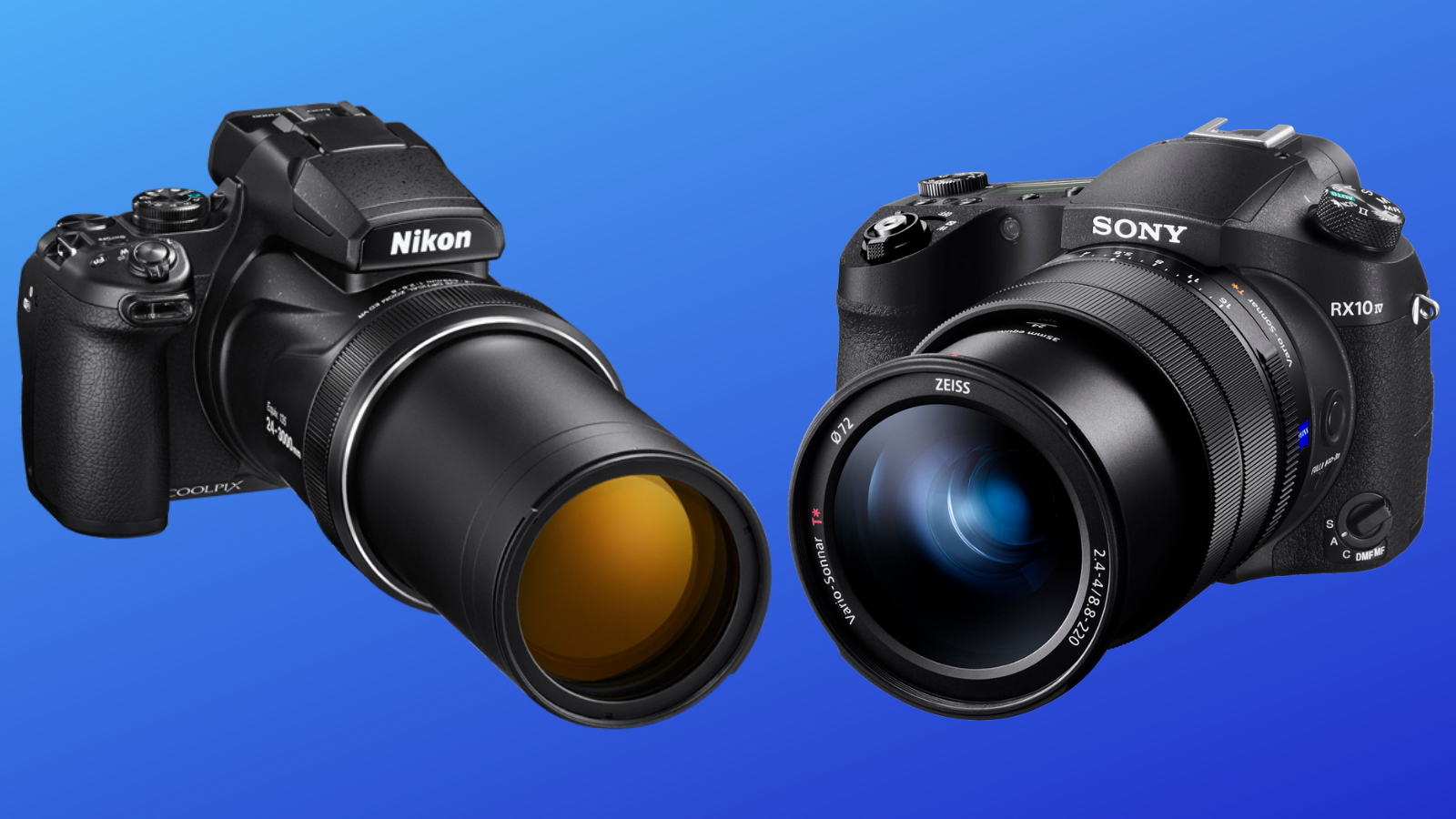
#Bridge camera bokeh professional#
Serious about your safari snaps? We highly recommend the Nikon Z9 for professional wildlife photographers.

Its Micro Four Thirds format makes it handy to carry, while speedy performance and sticky autofocus give it remarkable versatility for wildlife fans. For hobbyists, we reckon the small, smart and sturdy OM System OM-1 is the best wildlife photography camera right now. You get a lot for your money and it's the ideal way to learn about different shooting modes and settings, without necessarily spending a huge amount of money.All of our recommendations are rooted in real reviews: our expert team has tested nature cams for pros and amateurs alike. If you're just starting out in photography, bridge cameras can be the ideal place to start. Sensor sizes – although still smaller than a DSLR / mirrorless, have increased in size over the years too, with many now sporting a one-inch sensor which is much larger than that in an average smartphone. It's not quite as straightforward as that anymore, as some bridge cameras are advanced and sophisticated themselves. While the lenses on a bridge camera are extremely flexible, you can't attach something like a macro lens for extreme close-ups or an f/1.4 lens for shooting in low-light. Read our in-depth Panasonic Lumix FZ300 / FZ330 reviewįor those wondering where bridge cameras get their name – it's because they are said to 'bridge' the gap between simple point-and-shoot models (or your phone) and more advanced DSLR type models.īridge cameras tend to have smaller sensors than DSLRs and mirrorless cameras, but the other main difference is that the lens is fixed to the body, so you can't remove it for a more specialized optic or one with a wider aperture.Impressively for an older model, it even shoots 4K, too. Top that off with a splash-resistant body, a vari-angle touchscreen and a decent electronic viewfinder and you've got all the makings of a great all-rounder. With a 25-600mm zoom lens, what's really impressive is an f/2.8 constant aperture throughout the range, which is particularly useful at the longer end of the zoom range. It was launched back in 2015, so it's a fair old age now, but that just makes the FZ300 (known as the Lumix FZ330) outside the US an even better bargain. If your main concern is the state of your finances, here's a quick look at a great value option from Panasonic. Read our in-depth Canon PowerShot SX70 HS review.Shooting at the wide-angle and low-light are not this camera's forte, but there's good autofocus performance and speedy operation to compensate. Image quality is very good, with the image stabilization system doing a good job of keeping captures even at the extreme end of the telephoto lens sharp. A bugbear is having to activate the viewfinder manually since there's no sensor, but otherwise it's a solid performer. This is a classic all-rounder which would suit those looking for something relatively small and light for trips such as safaris, where that big zoom comes into its own.
#Bridge camera bokeh manual#
You still get full manual control, along with other great features such as an fully articulated screen (it lacks touch sensitivity though), a decent electronic viewfinder and the ability to shoot in raw format. That's because it uses a smaller 1/2.3-inch sensor which gives you the advantage of a ginormous 65x optical zoom range. Once you're aware of the differences - and the compromises - then you can make an informed decision about what is the right camera for you.Ĭanon's PowerShot SX70 HS is what we'd consider a more conventional bridge camera than those found in the top four. However, the upside is having the equivalent of a bag full of lenses in just one small and light package.

Bridge cameras will have a much smaller sensor, which will typically have an impact on image quality - particularly in certain situations, such as low light. The most important distinction between bridge cameras and DSLRs or mirrorless options is sensor size. Naturally, there is a compromise to be made. Because of that, bridge cameras are often popular for those heading off on a vacation when you need everything to hand.

With one, you can photograph everything from wide-angle landscapes to distant subjects like wildlife - and of course everything in between. Having a long zoom lens is a big draw for many, thanks to the versatility such an optic provides. Although we've mentioned manual modes, beginners needn't worry, there's plenty of straightforward automatic options on offer from most too. They're also ideal for those new to photography, those looking for something light and travel friendly, or those looking to downsize from their bulkier kit. Since the best bridge cameras usually pack an array of manual shooting modes, they're a fantastic alternative to DSLRs and mirrorless cameras, especially to those watching the budget.


 0 kommentar(er)
0 kommentar(er)
